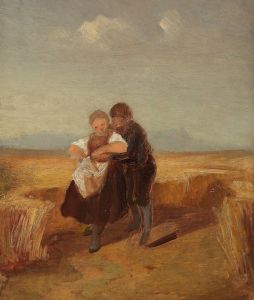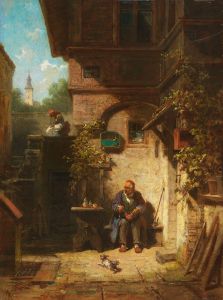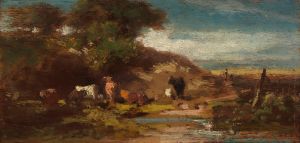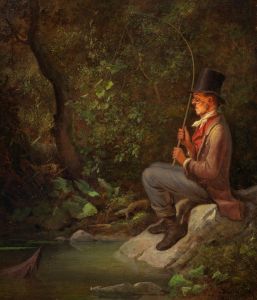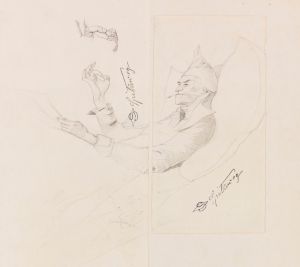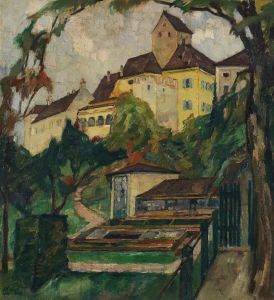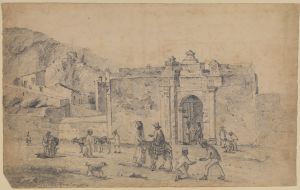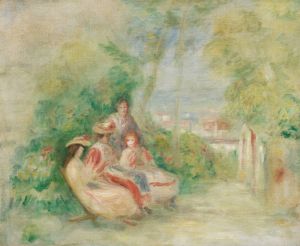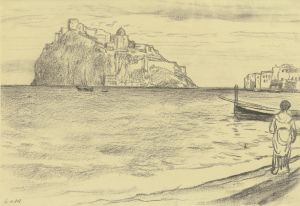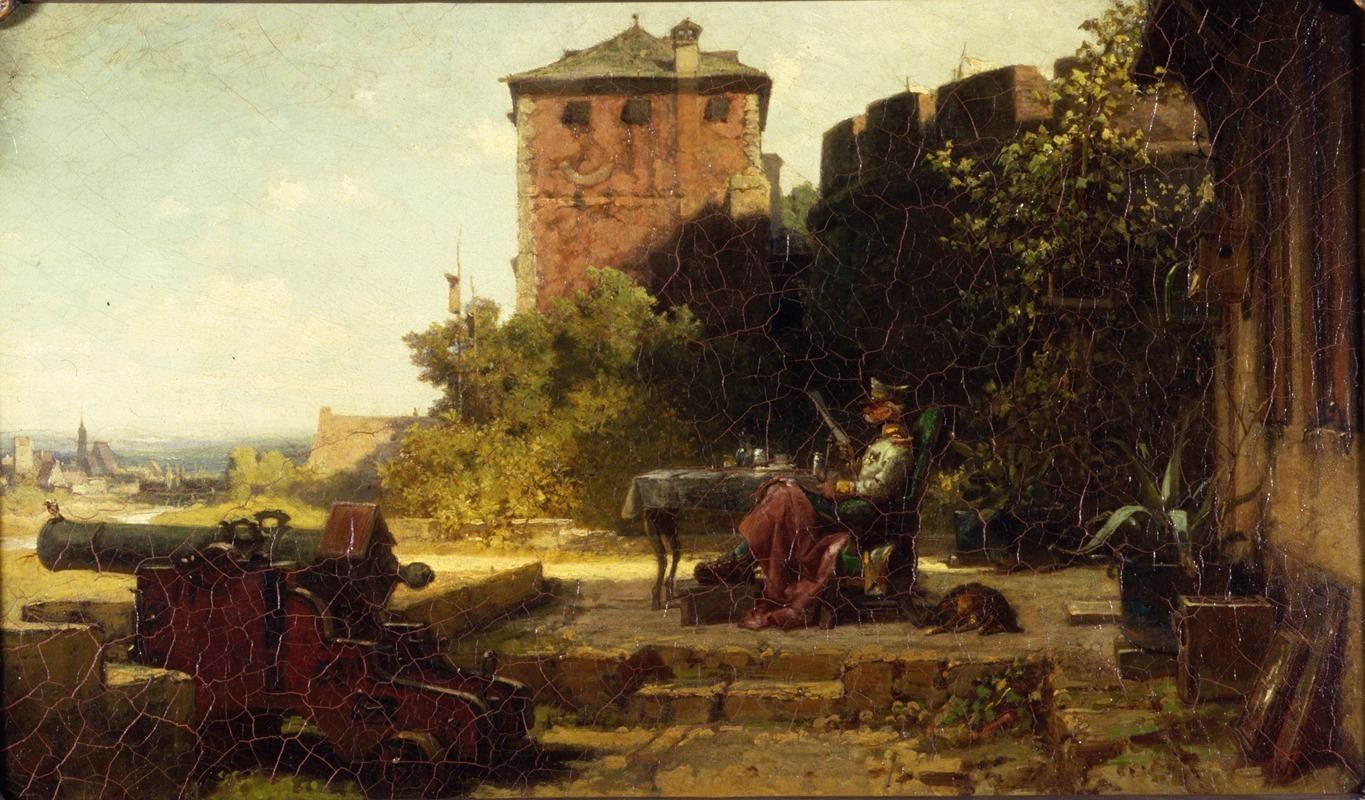
The old Fortress Commandant
A hand-painted replica of Carl Spitzweg’s masterpiece The old Fortress Commandant, meticulously crafted by professional artists to capture the true essence of the original. Each piece is created with museum-quality canvas and rare mineral pigments, carefully painted by experienced artists with delicate brushstrokes and rich, layered colors to perfectly recreate the texture of the original artwork. Unlike machine-printed reproductions, this hand-painted version brings the painting to life, infused with the artist’s emotions and skill in every stroke. Whether for personal collection or home decoration, it instantly elevates the artistic atmosphere of any space.
Carl Spitzweg's painting "The Old Fortress Commandant" is a notable work by the German Romanticist painter, who is renowned for his ability to capture the charm and idiosyncrasies of 19th-century bourgeois life. Spitzweg, born in 1808 in Munich, was largely self-taught and initially pursued a career in pharmacy before dedicating himself to art. His works often reflect a keen observation of human nature, infused with gentle humor and a touch of melancholy.
"The Old Fortress Commandant" exemplifies Spitzweg's characteristic style, which often includes detailed, intimate scenes of everyday life. The painting portrays an elderly military officer, presumably a commandant, in a setting that suggests a bygone era of military grandeur. The commandant is depicted in a relaxed pose, possibly in a moment of reflection or repose, surrounded by the trappings of his former military life. Spitzweg's attention to detail is evident in the meticulous rendering of the commandant's uniform and the surrounding environment, which may include elements such as military paraphernalia or architectural features typical of a fortress.
Spitzweg's work is often celebrated for its narrative quality, and "The Old Fortress Commandant" is no exception. The painting invites viewers to ponder the life and experiences of the commandant, evoking themes of nostalgia, the passage of time, and the contrast between past glories and present realities. This reflective quality is a hallmark of Spitzweg's oeuvre, which frequently explores the intersection of personal history and broader cultural narratives.
The painting is also notable for its use of light and color, which Spitzweg employs to create a warm, inviting atmosphere. His palette often includes earthy tones and soft lighting, contributing to the intimate and contemplative mood of the scene. This approach is consistent with the Romantic tradition, which emphasizes emotion and individual experience.
Spitzweg's work, including "The Old Fortress Commandant," is part of a broader movement in 19th-century art that sought to capture the nuances of everyday life and the inner worlds of individuals. His paintings are often compared to those of contemporaries such as Adolph Menzel and Wilhelm Busch, who similarly explored themes of domesticity and personal reflection.
Today, Carl Spitzweg is regarded as one of Germany's most beloved 19th-century painters, and his works are held in high esteem for their technical skill and emotional depth. "The Old Fortress Commandant" continues to be appreciated for its ability to convey a rich narrative within a single, carefully composed scene. Spitzweg's legacy endures in the continued admiration of his ability to find beauty and significance in the ordinary moments of life.





